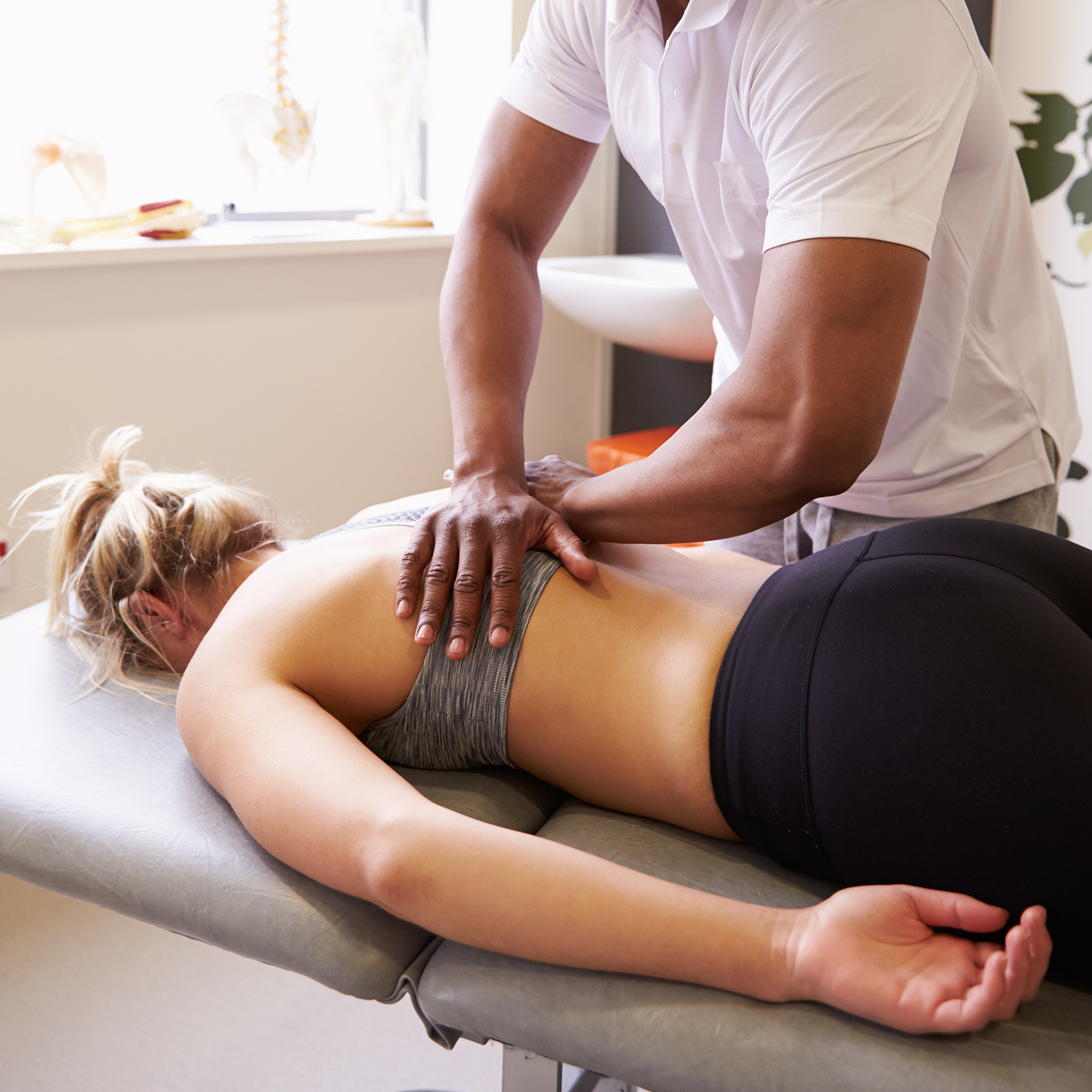
In the world of alternate medication and alternative recovery, reflexology sticks out as a progressively prominent and interesting practice. This ancient healing strategy, rooted in typical Chinese medicine, is based on the principle that specific points on the feet, ears, and hands represent different body organs and systems within the body. By using 秋葉原 to these factors, experts aim to promote recovery, eliminate stress, and recover equilibrium to the body’s power circulation.
The beginnings of reflexology can be traced back hundreds of years, with proof of comparable practices located in ancient Egyptian tombs and traditional healing systems across numerous societies. Modern-day reflexology as we know it today was created in the early 20th century by Dr. William Fitzgerald, that presented the concept of “zone therapy.” This idea was later on improved and popularized by Eunice Ingham, usually referred to as the “mother of reflexology.”
At its core, reflexology operates the idea that the body is interconnected and that boosting specific response points can have a favorable influence on corresponding locations throughout the body. As an example, using stress to a particular point on the foot is assumed to affect the feature of the liver or kidneys. While scientific evidence supporting these cases is restricted, numerous individuals report significant gain from regular reflexology sessions.
Proponents of reflexology mention a vast array of potential advantages, consisting of:
Stress and anxiety reduction and relaxation Improved flow Enhanced immune feature Pain alleviation, particularly for frustrations and back discomfort Better sleep quality Increased power levels A typical reflexology session includes a comprehensive assessment of the client’s health and wellness problems and objectives. The specialist after that uses various strategies, including thumb and finger back-up, hook and walking, and rotation on pivot, to use stress to details reflex points. The stress applied can vary from mild to firm, depending on the individual’s needs and sensitivity.
While reflexology is usually thought about secure for many people, it’s essential to keep in mind that it must not be made use of as a substitute for traditional clinical treatment. Expecting females, individuals with certain clinical conditions, and those with foot injuries should seek advice from a doctor before undergoing reflexology treatment.
As rate of interest in holistic health practices proceeds to grow, reflexology has discovered its means right into various settings, from devoted reflexology clinics to day spas and health. Some health care centers have even started integrating reflexology as a corresponding treatment together with typical clinical therapies, recognizing its possible to boost overall well-being and individual comfort.
For those interested in exploring reflexology, it’s critical to choose a certified and experienced professional. Many countries have professional organizations that provide certification programs and keep directories of certified reflexologists. These professionals go through considerable training in reflexology, physiology, and anatomy methods to guarantee they can offer efficient and safe treatments.
To conclude, reflexology supplies a special method to health and wellness and wellness that stresses the body’s inherent ability to recover itself. While even more research is required to completely recognize its devices and efficacy, many individuals find reflexology to be a useful device in their wellness toolkit. Whether made use of as a standalone treatment or in combination with other health practices, reflexology proceeds to intrigue and benefit those looking for natural methods to sustain their physical and psychological health.
The beginnings of reflexology can be traced back thousands of years, with proof of comparable practices discovered in old Egyptian tombs and typical recovery systems throughout numerous societies. At its core, reflexology operates on the belief that the body is interconnected and that boosting specific reflex points can have a positive effect on corresponding areas throughout the body. In conclusion, reflexology offers a special approach to wellness and health that stresses the body’s integral ability to heal itself. Whether used as a standalone treatment or in conjunction with various other wellness methods, reflexology proceeds to intrigue and advantage those looking for all-natural means to support their emotional and physical well-being.